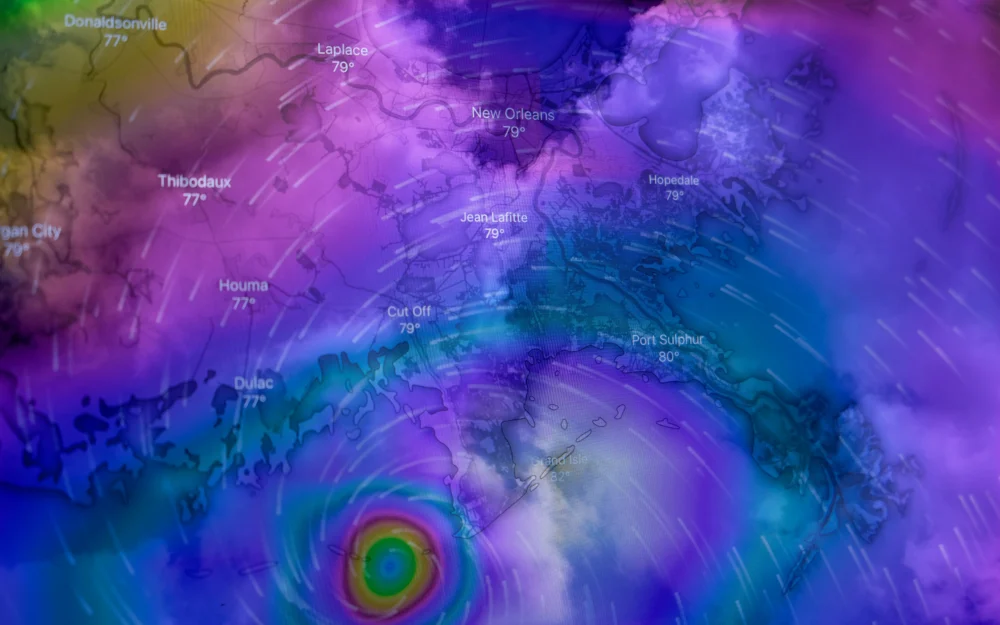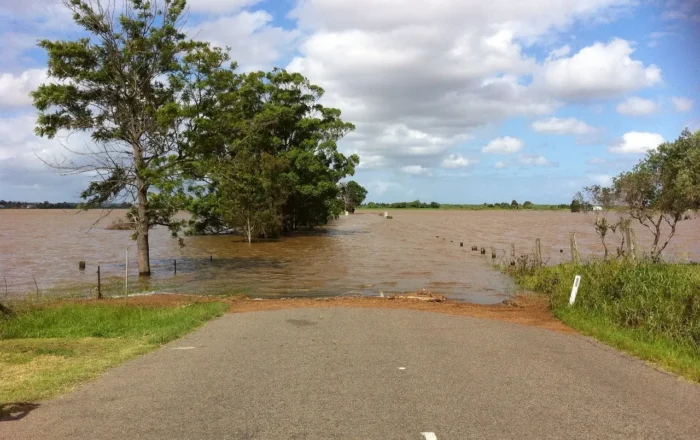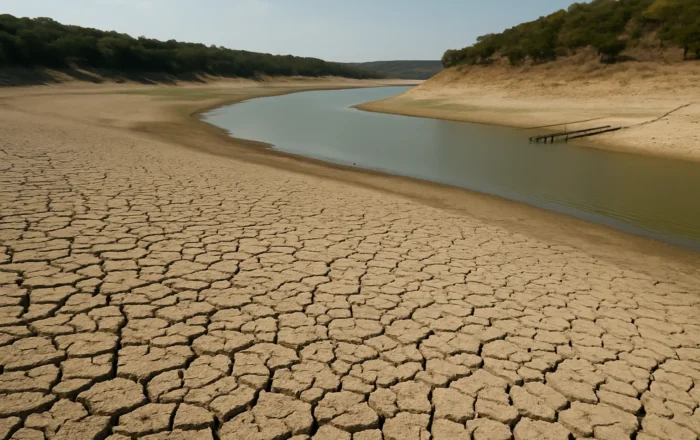What Causes Floods in Texas?
4 minute readFlooding in Texas is driven by heavy rain, hurricanes, rivers, and rapid urban growth, making it one of the most flood-prone states in the nation.
Home > BKV Energy Blog > All Posts > Atlantic Hurricane Season 2024 Recap: Projections Compared to Predictions
3 minute read • Last update July 2025

The 2024 Atlantic hurricane season proved more active than the 30-year average but fell short of expert predictions. Experts were close in their predictions with an above-average season, citing warm sea-surface temperatures and the potential effects of El Niño. Still, the actual outcomes highlighted the unpredictability of these powerful natural phenomena.
Forecasts leading into the season projected significant storm activity. Colorado State University (CSU) and NOAA both estimated high numbers, with up to 25 named storms, 13 hurricanes, and 6 major hurricanes predicted at the peak. However, the expectations for total storms fell short at 18 as the season got off to its slowest start in over a decade, with Tropical Storm Alberto forming only in late June.
By the end of the season, NOAA reported there were 18 named storms, 11 hurricanes, and 5 major hurricanes, numbers that surpassed the 30-year average but fell short of some pre-season predictions. Despite the lower-than-expected number of storms, the season was marked by intense and destructive hurricanes, including Beryl, Helene, and Milton, which left a significant impact across various regions of the United States.
Despite the slow start to hurricane season, the season finished above historical averages in forecast conditions, including named storms and major hurricanes.
Following Hurricane Beryl, the Atlantic basin hurricane season remained very active, with hurricanes Debby and Ernesto forming by August 14th. CSU reported that only four other hurricane seasons in the satellite era (1966–onwards) had three hurricanes by August 14th: 1966, 1968, 1995, and 2005.
| Forecast Conditions | 2024 Actuals | 2024 Predictions | Average (1991-2020) |
|---|---|---|---|
| Named Storms | 18 | 23 | 14.4 |
| Hurricanes | 11 | 11 | 7.2 |
| Major Hurricanes | 5 | 5 | 3.2 |
Sources: https://tropical.colostate.edu/Forecast/2024-11.pdf
The 2024 season highlighted vulnerabilities in Texas’s electricity grid, particularly during and after Hurricane Beryl. The storm’s landfall along the Texas coastline led to widespread power outages, leaving over 2 million customers without electricity for several days. Damage to critical infrastructure, including power lines, substations, and generation facilities, underscored the need for greater grid resilience.
In response, ERCOT (the state’s grid operator) faced challenges balancing supply and demand as emergency repairs were underway. The outages sparked debates on revisiting upgrading grid infrastructure to withstand severe weather, particularly in the face of increasing storm intensity due to climate change.
Colorado State’s first outlook for the 2025 Atlantic hurricane season will be released on Thursday, April 3, 2025. This forecast will provide an early assessment of what to expect during the upcoming season, offering insights into predicted storm activity and trends. All forecasts and updates will be available on their site.
Tropical Storm Risk (TSR) extended-range forecast for North Atlantic hurricane activity in 2025 predicts a season with activity near the 1991-2020 climatological average. This forecast covers the period from June 1 to November 30, 2025, using data up to the end of November 2024.
There is uncertainty in this forecast. This is largely due to the very warm sea surface temperature anomalies across much of the Atlantic and the question of whether these anomalies will persist into spring and summer 2025. TSR expresses this uncertainty through probability distributions for Accumulated Cyclone Energy (ACE) and hurricane counts.
With the 2024 hurricane season behind us, it’s important to familiarize yourself with the meaning of different hurricane alerts and warning systems to ensure you are prepared ahead of any tropical storms forming next year.
Additionally, it’s a great time to ensure you have an easy way to stay in the loop on any storm developments. The Bluebonnet plan from BKV Energy offers peace of mind with Spark Alerts, keeping you informed about outages, restoration updates, and safety tips during extreme weather. Choose a provider that understands Texans’ needs and supports you when it matters most. Explore affordable plans in your area today.
Graham Lumley, Digital Marketing Manager at BKV Energy, leads digital and traditional marketing strategies, focusing on educating Texans about the state's deregulated energy market. With over 8 years of marketing experience, he creates content to help consumers understand and save on their energy bills, bringing a fresh and dynamic approach to the industry.

Flooding in Texas is driven by heavy rain, hurricanes, rivers, and rapid urban growth, making it one of the most flood-prone states in the nation.

Texas has faced decades of drought cycles, but is the state still in a drought today?
Get $50 off your electric bill!
Use code BKVEJOINUS50
Enter your zip code to shop BKV Energy's affordable, fixed-rate Texas electricity plans. Use the promo code for $50 off your electric bill.